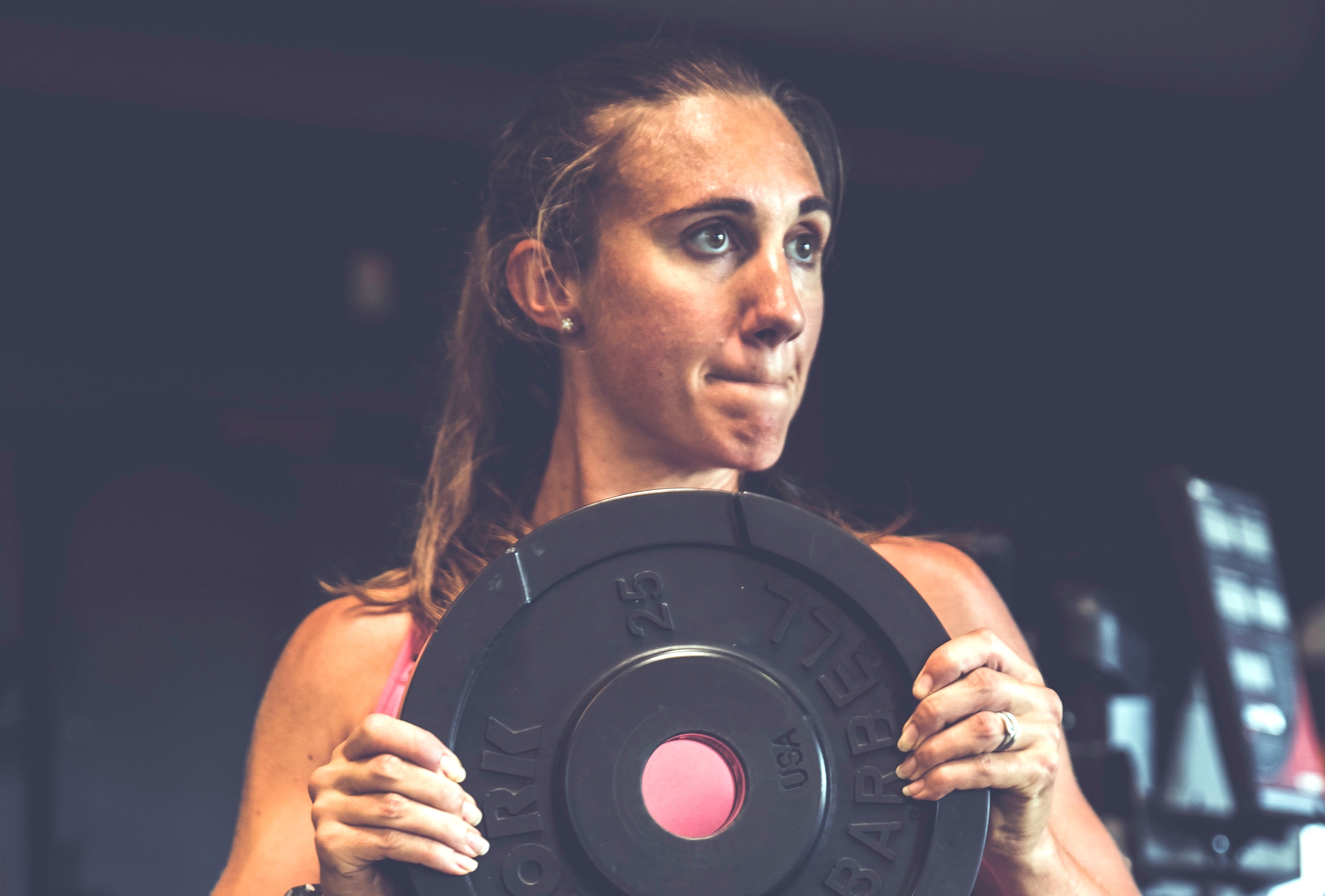Scientists Are Putting Fitness Trackers On Cows So Now You Can See Them Mooooove

The CSIRO announced today that they have developed fitness trackers for cows — technology most people didn’t think we needed, but apparently, that’s just because most people aren’t cattle farmers.
“A lot of our farm is rugged country and if an animal is stationary for a few days this technology allows you could go out straight to it,” said cattle farmer Jim Cross to CSIRO. “You could save quite a bit in labour, time and fuel sending a team out tracking missing animals down.” Cross has 550 cows on 2000 acres of land — 3.6 acres per cow. That’s a lot of land to search if one of them wanders off.
Developed alongside tech startup Ceres Tag, the smart ear tags are equipped with accelerometers and GPS tracking. If a cow moves outside a set boundary or is moving at a speed not typical of a healthy bovine, the tags can send an alert to the farmer, who can pinpoint its location and investigate exactly what that cow thinks it’s doing. It’s kind of like that episode of Black Mirror where the mum tracks her kid on a tablet, only the kid is a cow. Or a sheep or pig, since the tags can be used on them as well.
The ear tag is also fitted with batteries designed to last for the cow’s lifetime, so the farmer doesn’t have to go through and re-tag the entire herd. This is great because it’s totally the type of thing you’d put off until you realised a bunch of cows are missing and you had no way to find them.
The tags are less obtrusive but similar in some functions to an earlier cow wearable developed by CSIRO, because that’s a genre now. In 2014, as part of the Sense-T program, the CSIRO announced that it had developed a smart collar that tracked the speed and orientation of cows’ heads to determine their behaviour. The data was primarily intended to help farmers figure out when cows were feeling horny, but the CSIRO noted it could also be used for other, less exciting purposes, such as optimising the distribution of food according to the cattle’s feeding patterns.
The GPS is new, though, so while the collars could detect when a cow was walking, the tags can detect their destination.
Last week, the CSIRO fitted 100 cows with the tags at their research station in Queensland, though they are already developing the next generation of tags. The hope is that they will be smaller, lighter, and be able to take the cow’s temperature.
I’ve never used a fitness tracker myself, but that’s because I am a self-aware house sloth who doesn’t need a gadget to help me reach my daily threshold of shame. Fortunately, cows can’t read their own data, so their self-esteem is likely to remain intact.
